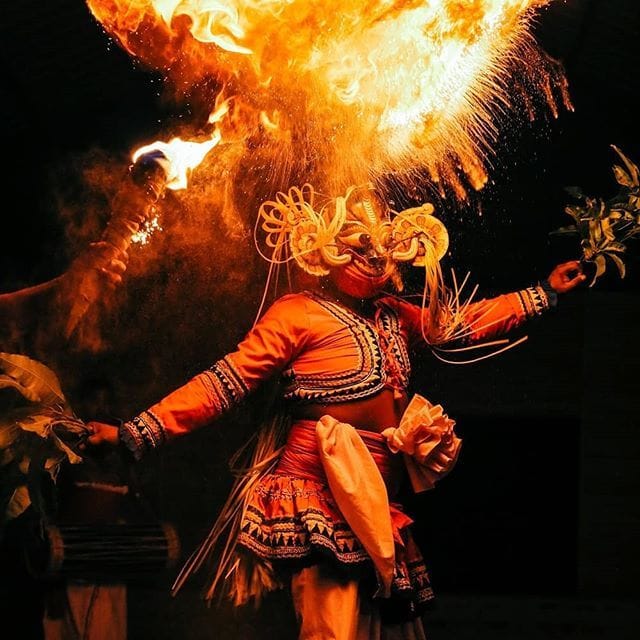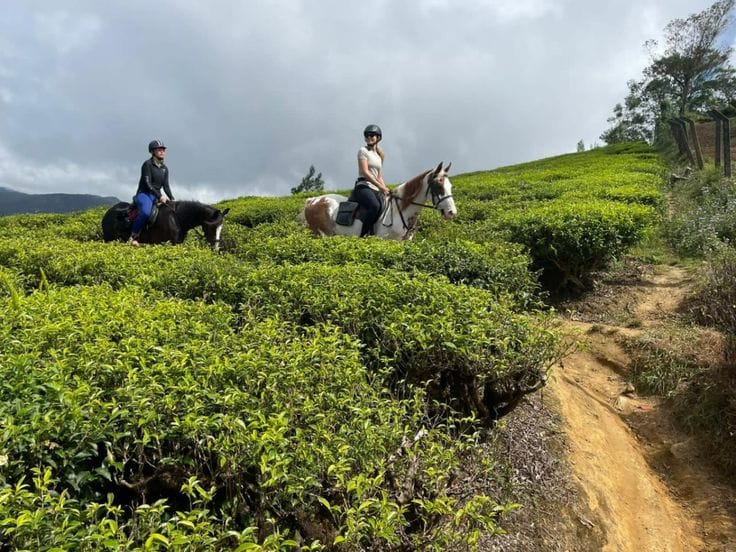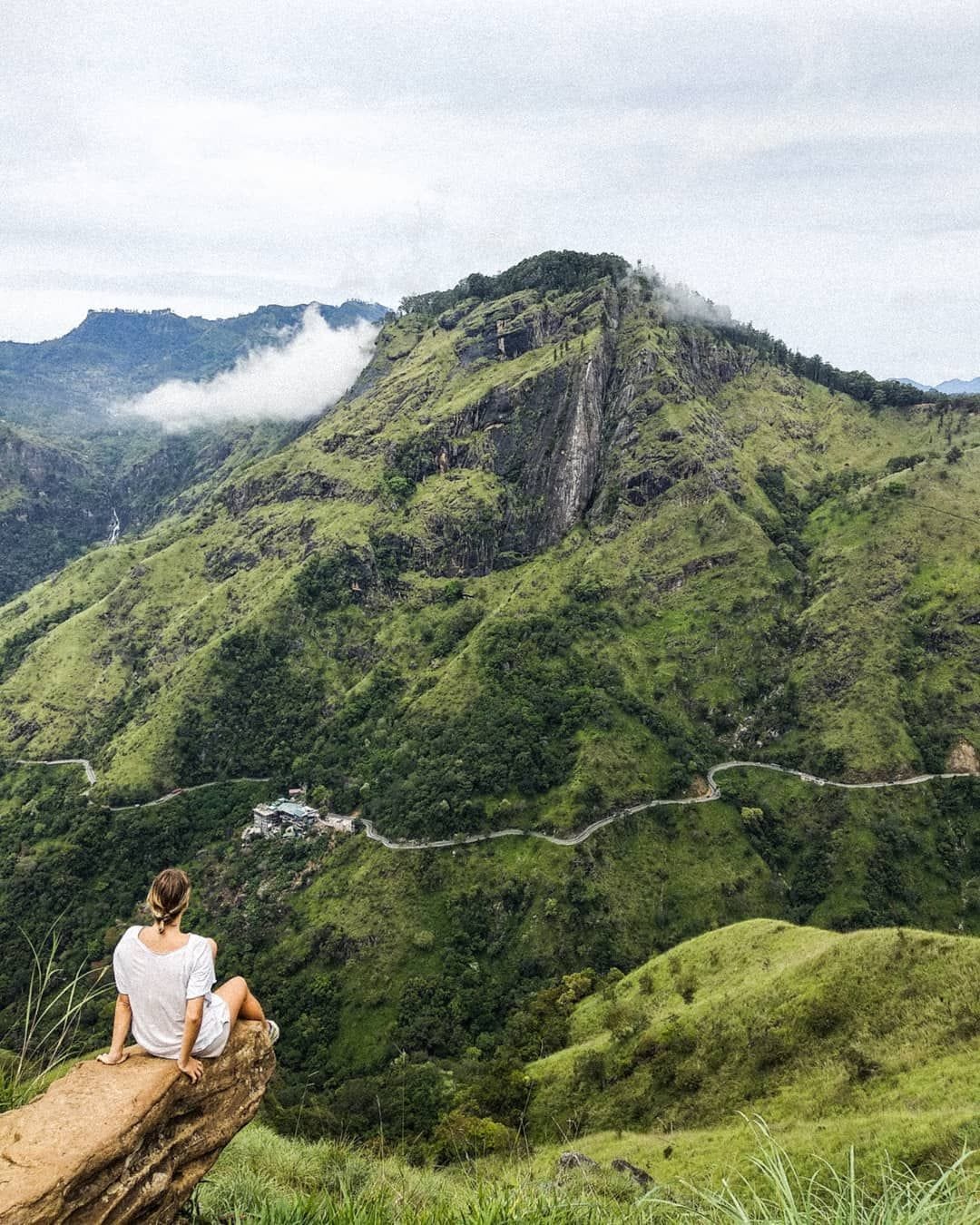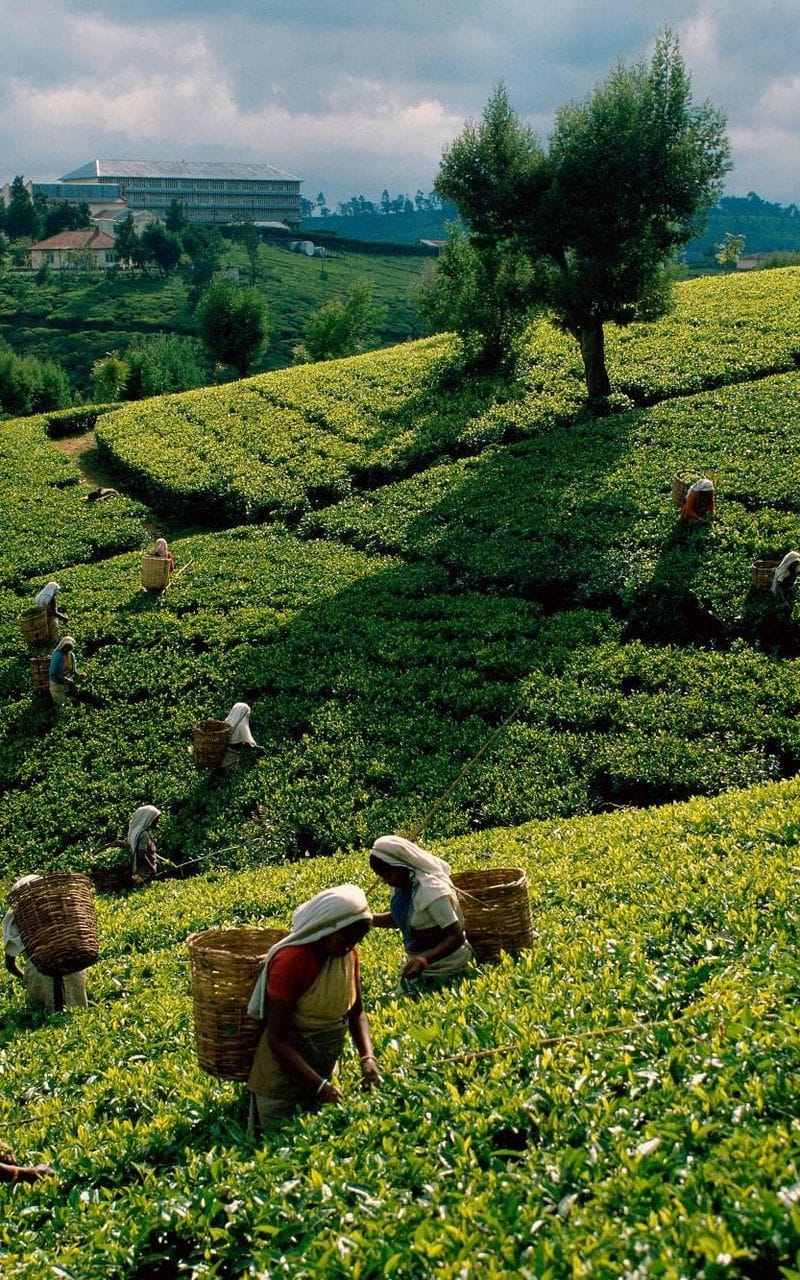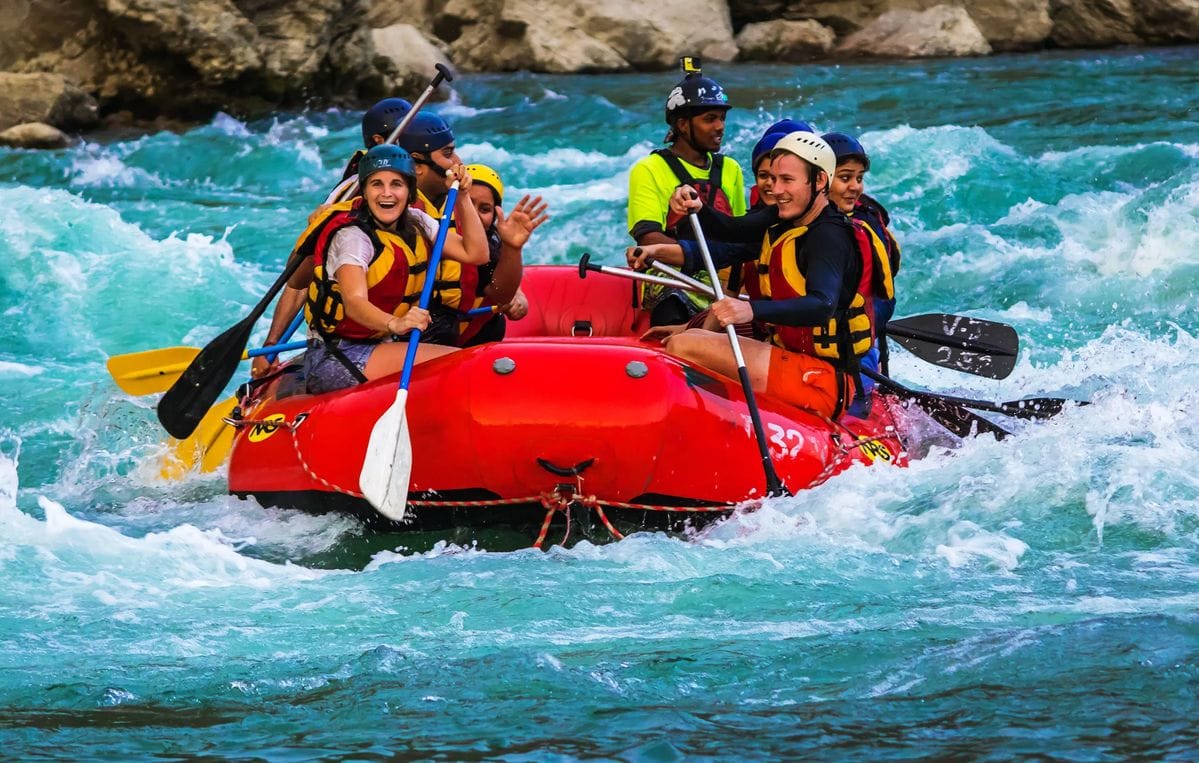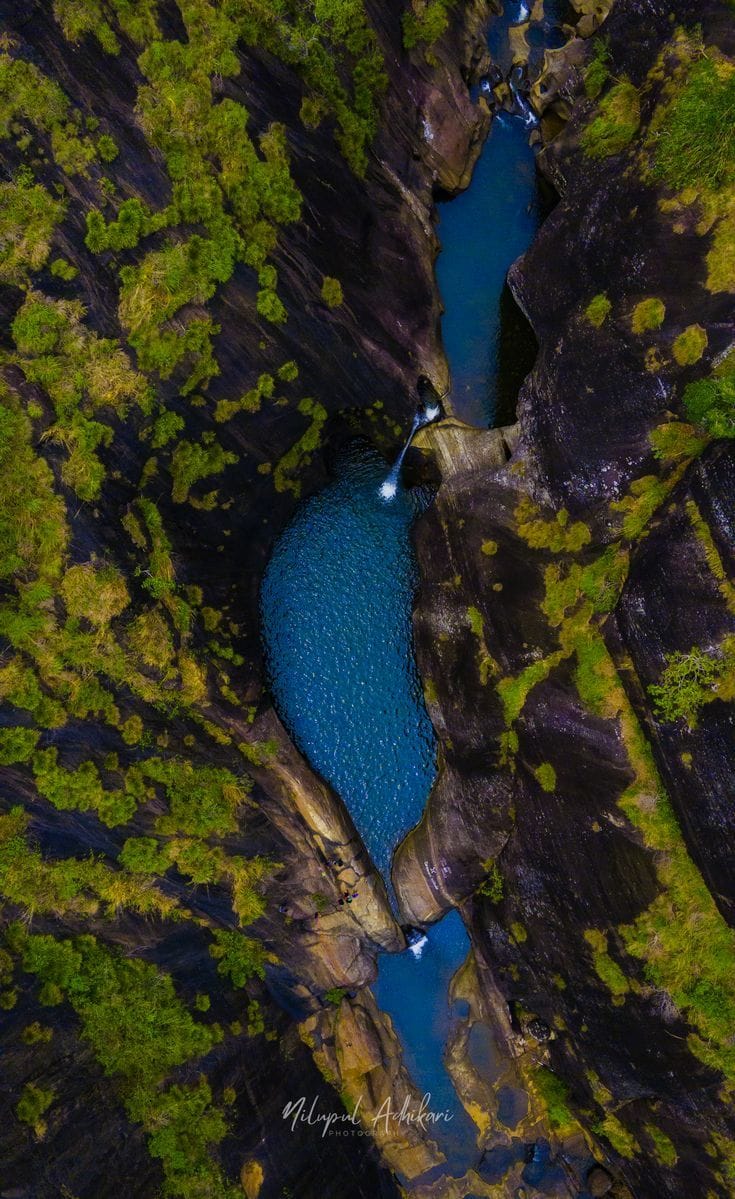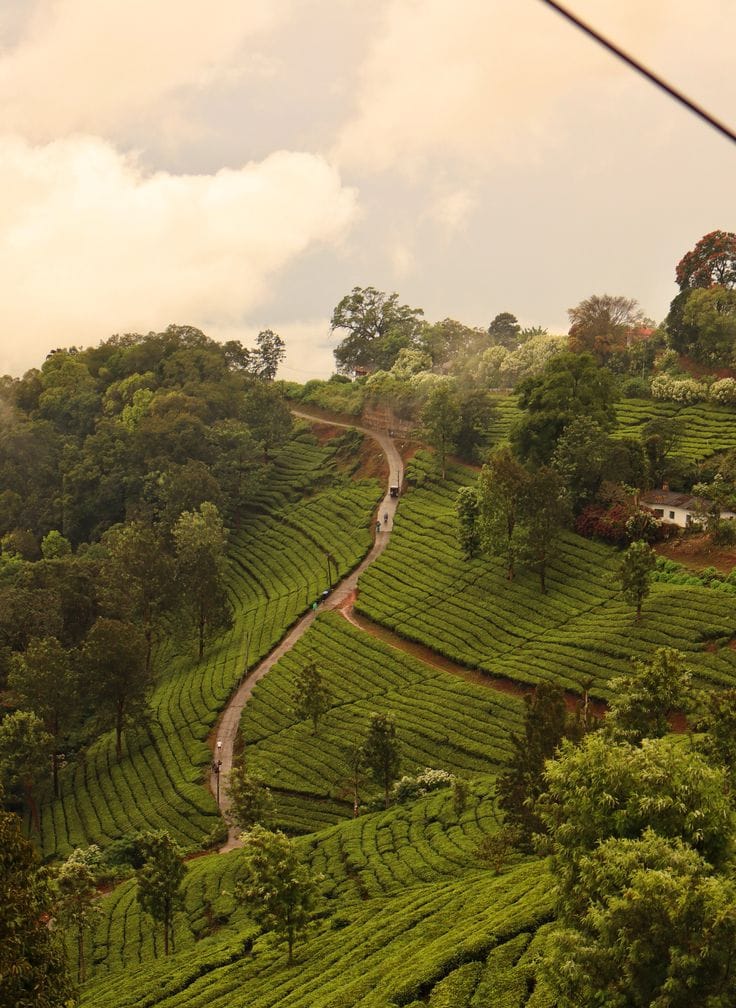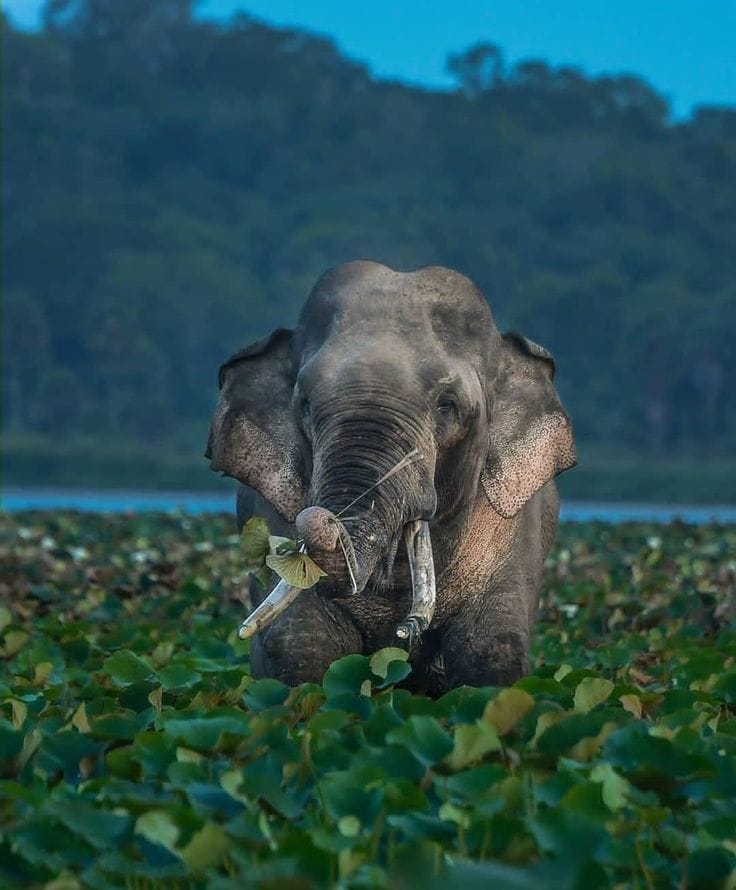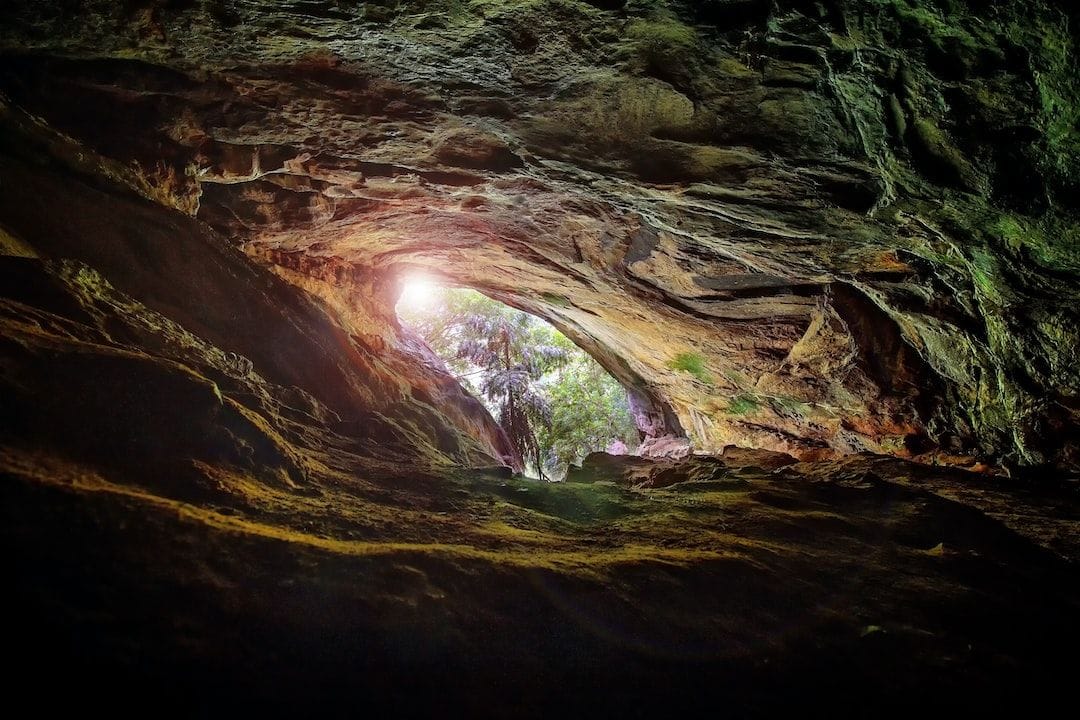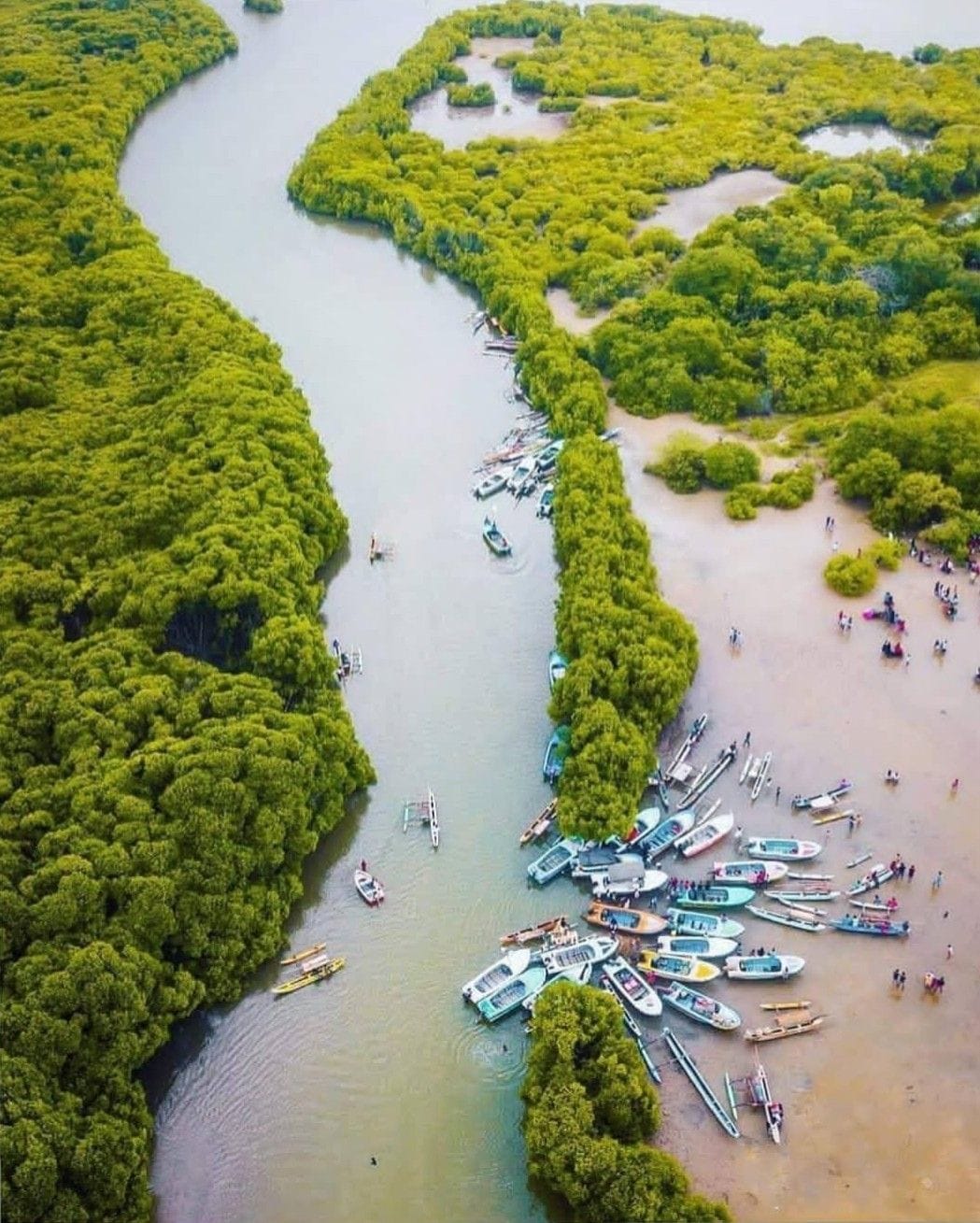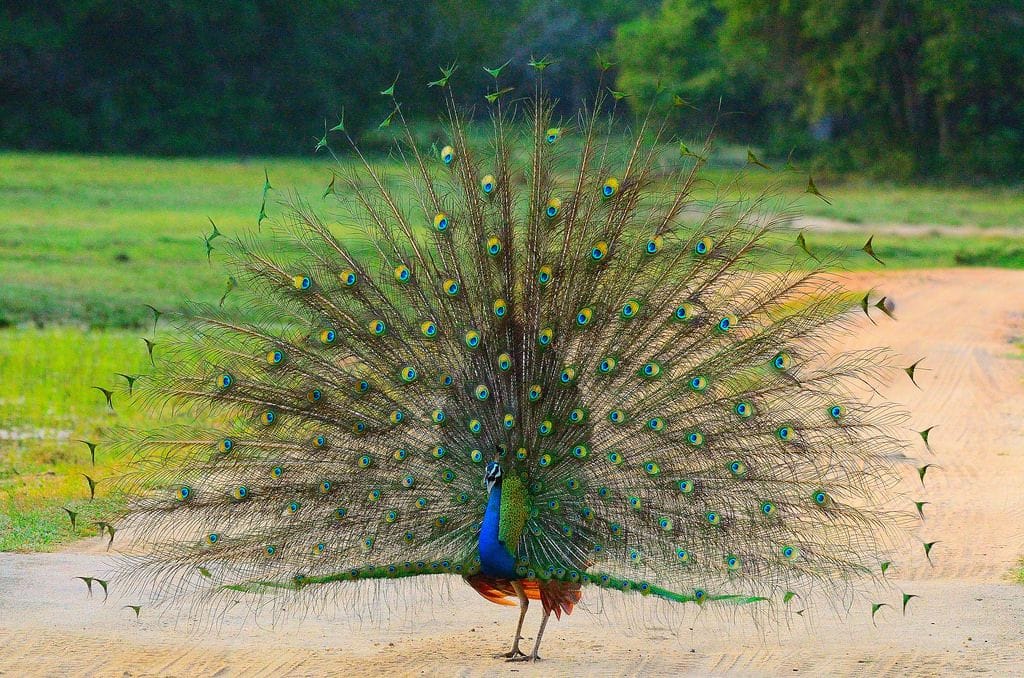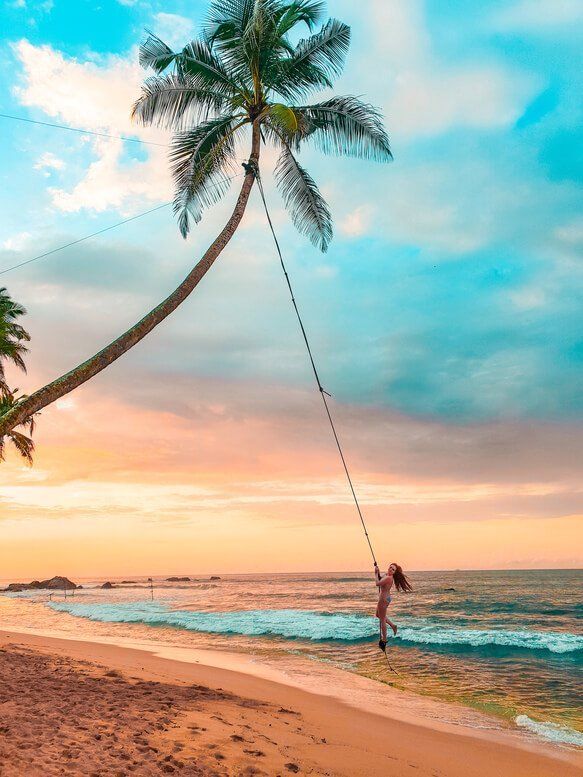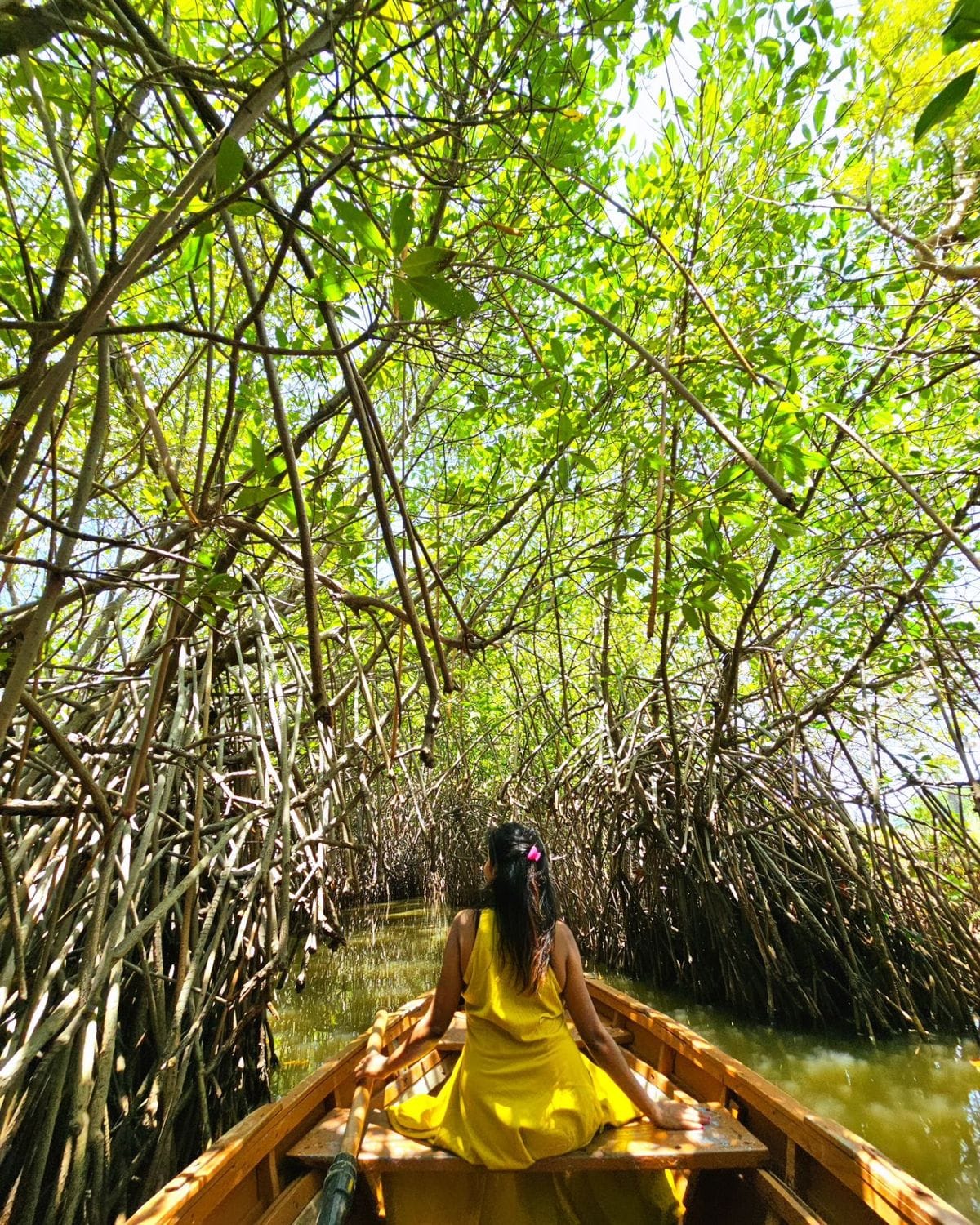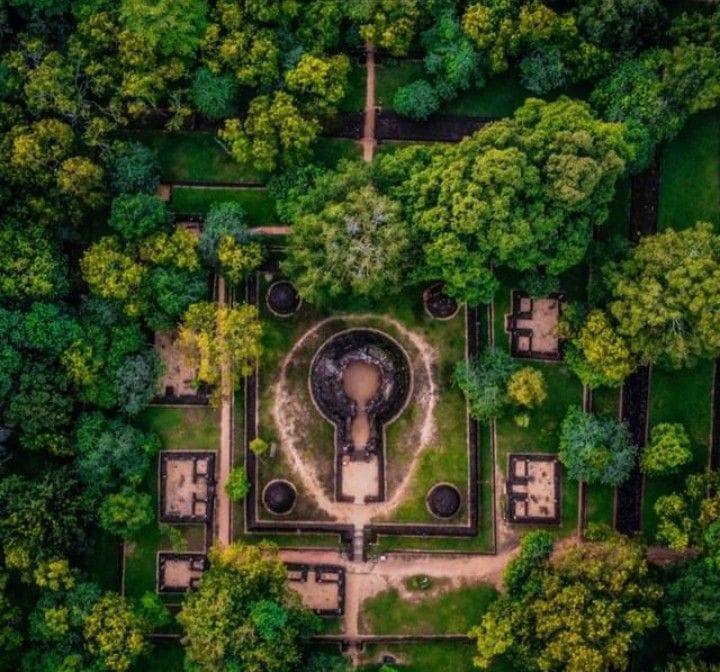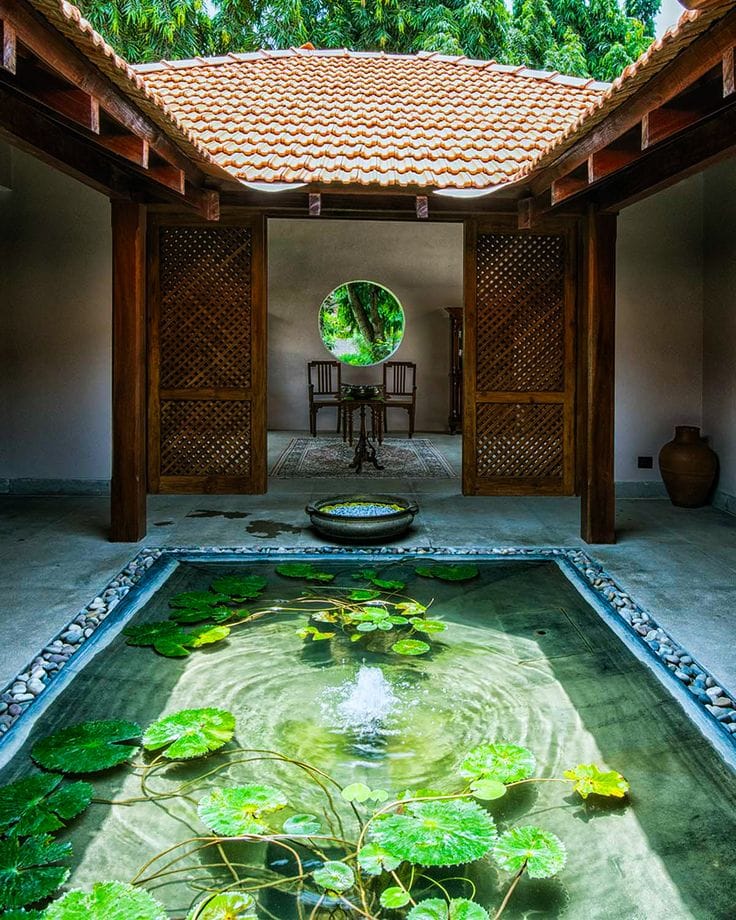“Begin where devotion and hills embrace.”
Arrival & Pickup: Our expert tour guide greets you at the airport (or your Colombo/Negombo hotel), assists with luggage, and escorts you in a luxury, air-conditioned vehicle to Kandy, Sri Lanka’s last royal capital. En route, your guide sets the scene with stories of the hill country, royal dynasties, and the island’s Buddhist heritage.
In Kandy, step into the revered Temple of the Tooth Relic (Sri Dalada Maligawa),a UNESCO World Heritage Site safeguarding the sacred tooth relic of the Buddha, long considered the spiritual heart of the nation and a symbol of kingship. Your guide explains the temple’s history, daily rituals, and why pilgrims still come from across Asia.
Why visit: It’s the most important living Buddhist shrine in Sri Lanka; witnessing the evening puja (ritual) connects you to centuries of devotion.
Afterward, enjoy a tranquil walk around Kandy Lake (built in 1807 by the last Kandyan king), where white dagobas and frangipani trees reflect in still waters. As dusk falls, a Kandyan cultural dance performance brings drums, fire, and traditional masks to life, an energetic prelude to the adventures ahead.


